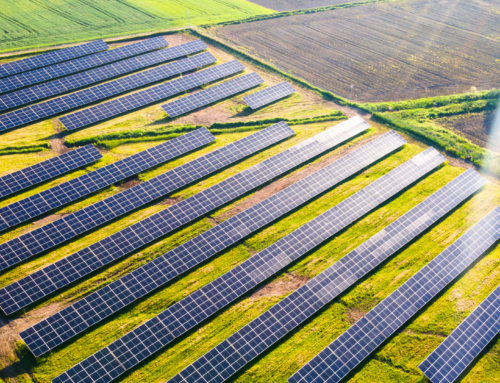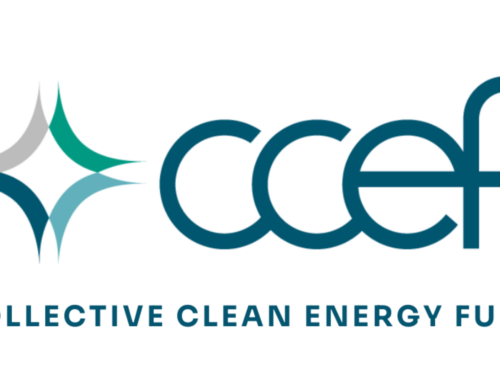The Rise of Solar Power in Homes
With over 300 days of sunshine each year, Colorado has great potential to support solar energy. In fact, the state currently ranks 12th for total installed solar capacity with a solar market valued at $8 billion. Technological advancements, declining cost of solar, and increased availability of incentives, and financing options like Colorado RENU have led to an increase in homeowners installing solar systems.
How Solar Panels Work: The Basics
There are two types of solar energy that can be captured: photovoltaic and thermal energy. In this blog post, we’ll be discussing photovoltaic energy, which uses sunlight to produce electricity while thermal energy uses the heat from the sun to produce electricity.
At the center of any residential solar system is the solar panel, a device that captures sunlight and converts it into electricity. Solar panels are made up of numerous photovoltaic (PV) cells, which are critical to transforming sunlight into direct current (DC) electricity. Since most homes use alternating current (AC) electricity, an inverter is needed to convert the DC electricity into AC electricity, which can then be used to power household appliances and lighting.
Components of a Residential Solar System
A common residential PV solar system consists of several key components that work together to harness solar energy and convert it into usable electricity:
- Solar Panels: These are the most visible part of the system, typically installed on the roof to capture sunlight. Solar panels are composed of PV cells that generate electricity from sunlight as mentioned above.
- Inverter: The inverter is responsible for converting the direct current electricity produced by the solar panels into alternating electricity, which can be used by household appliances and devices.
- Mounting System: Solar panels need to be securely mounted to the roof or other structures. Mounting systems ensure that panels are positioned at the optimal angle to receive maximum sunlight.
- Electrical Panel: The inverter sends the converted AC electricity to the home’s electrical panel, which distributes the electricity to various circuits in the home.
- Net Meter: Many homes with solar power are connected to the local utility grid through a process called net metering. When solar panels generate more electricity than the home needs, the excess energy is sent back to the grid, and homeowners may receive credit for it. On the other hand, when the solar panels do not produce enough energy to meet the home’s needs, electricity can be drawn from the grid.
- Batteries (Optional): Homeowners can choose to add a battery storage system to their solar system setup. Batteries allow excess energy generated during the day to be stored and used at night or during power outages.
Impact on Home Energy Consumption
Homeowners can offset a significant portion of their electricity usage leading to lower utility bills and increased energy savings. The extent of the savings depends on several factors, including the size of the solar system, the amount of sunlight the home receives, and the household’s overall energy consumption. Some homeowners can even achieve “net zero” energy usage, meaning their solar system generates as much electricity as they consume over a year.
In addition to the financial benefits, solar panels contribute to long-term sustainability by reducing or replacing the use of other energy sources that emit greenhouse gas emissions. Residential solar systems are a powerful tool to reduce environmental impact and help homeowners become energy independent.
Curious about financing solar in Colorado? The Colorado Residential Energy Upgrade (RENU) loan features no money down, fixed interest rates, and flexible terms. In addition to solar panels, this loan program covers numerous energy measures. Click here to view program details.







